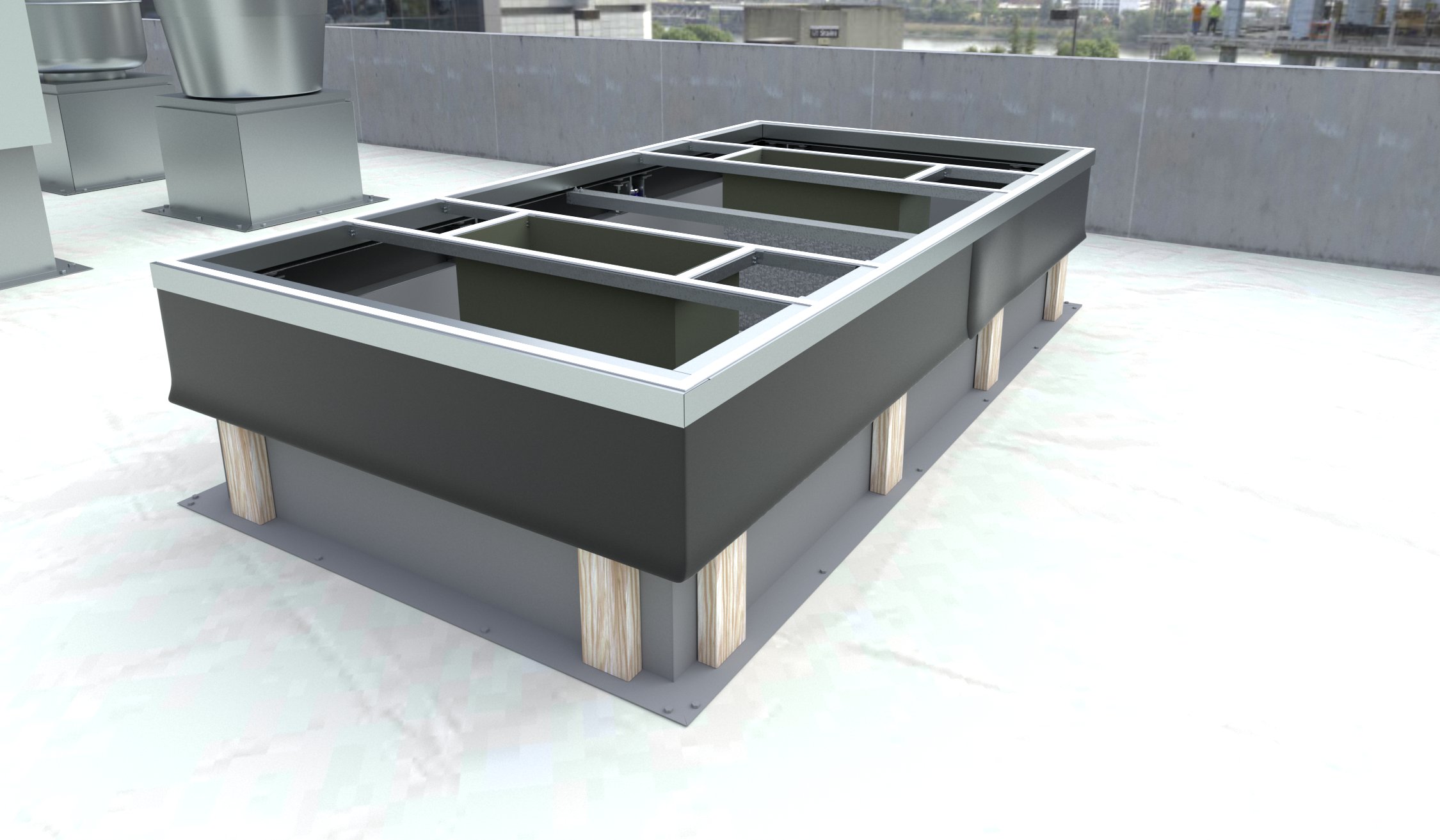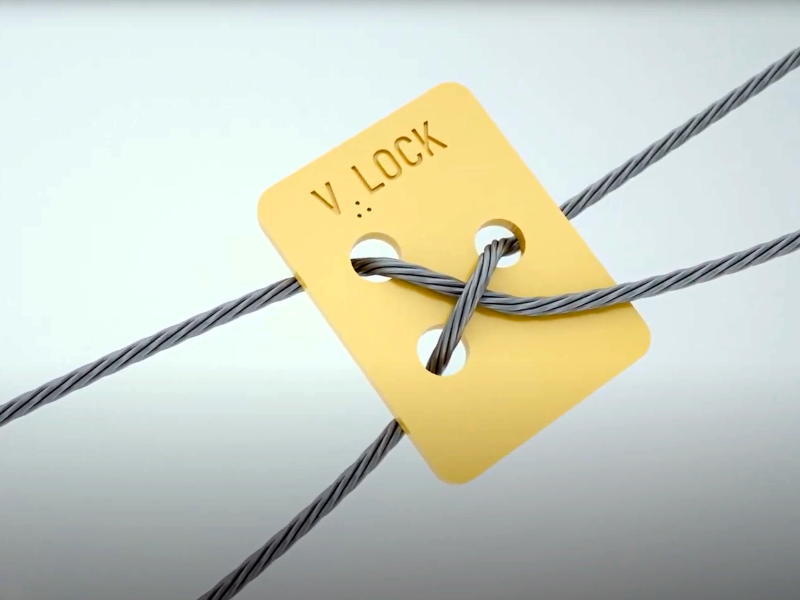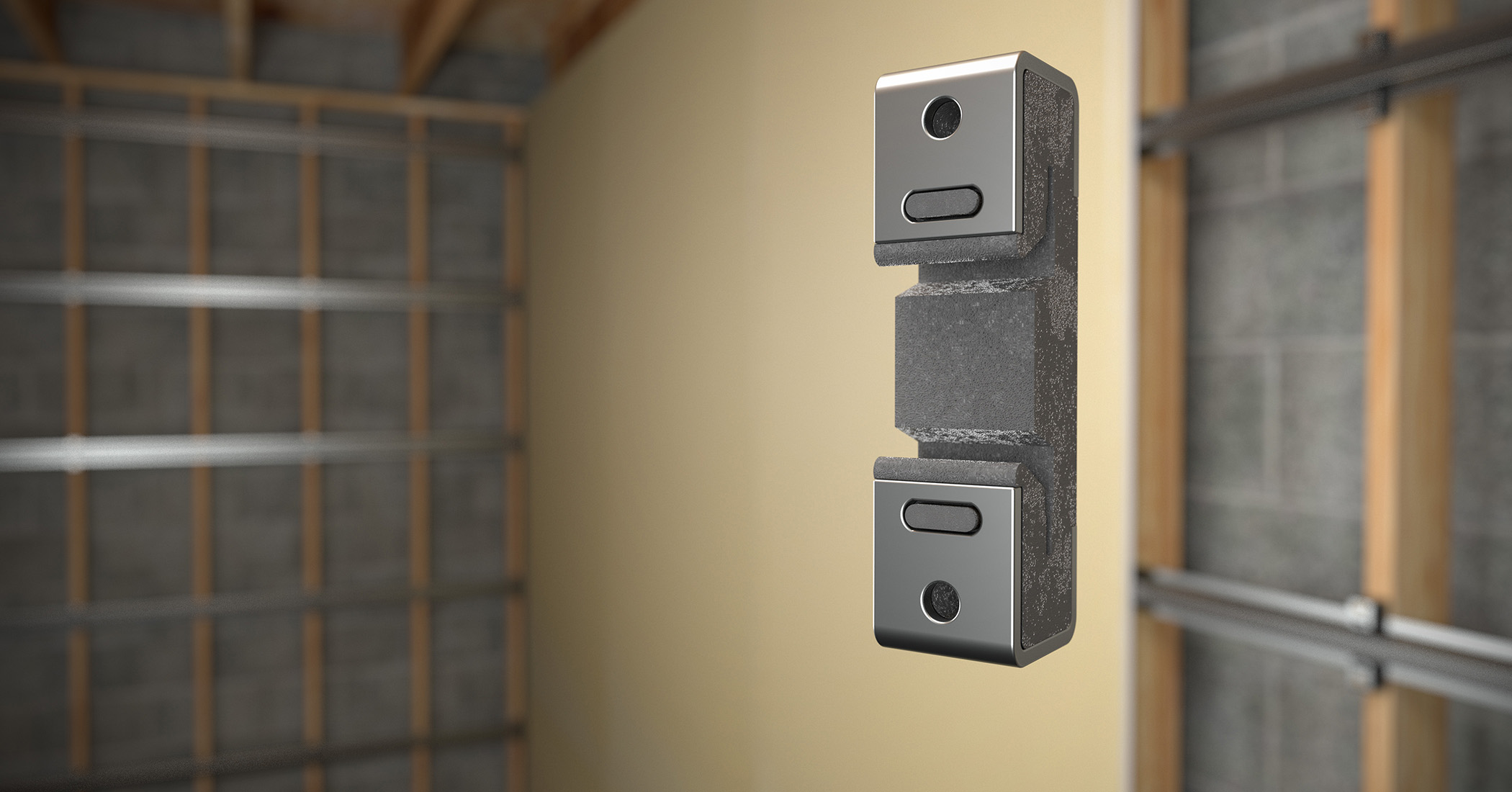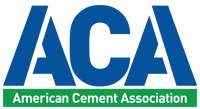Dispelling common myths associated with poured gypsum floors

by Brett Fleury
Gypsum is a mineral that has been used in building materials for centuries. However, gypsum concrete as an underlayment is still misunderstood despite its growth in popularity over the last 40 years. As a result, several myths about using gypsum in this way have become canonized. This article aims to expose these myths and provide information about the benefits of using gypsum-based concrete underlayments.
Gypsum composition
Gypsum is a mineral of crystalline structure composed of calcium, sulfate, and two molecules of water (CaSO4-2H2O, also known as calcium sulfate dihydrate). It is a very common mineral found around the world—right behind its more plentiful cousin, limestone (calcium carbonate). The process of cooking gypsum is known as ‘calcination.’ During this process, 75 percent of the water is removed from the mineral, leaving calcium sulfate hemihydrate. This process is reversible. When water is added to calcium sulfate hemihydrate, hydration begins and crystal growth occurs, returning it to its original mineral form—gypsum. It is this process that allows gypsum to offer characteristics other binders cannot.
First, as a result of crystal growth from the hydration process, the gypsum expands and eliminates shrinkage cracks normally associated with traditional cements. Second, as the gypsum crystals begin to grow, they ‘lock’ themselves into surfaces that do not have a coarse enough profile for traditional cements to cling to. Lastly, gypsum cements are not negatively affected by the depth of the pour—single-lift applications up to 76 mm (3 in.) can be simply achieved.
Recaptured gypsum
Recaptured gypsum (FGD gypsum) is a by-product of the process used to clean combustion gases from fossil-fuel-burning power plants. This process greatly reduces emissions of sulfur dioxide, which contribute to the formation of acid rain if not removed from the atmosphere.
The use of this recaptured gypsum eliminates the need to dispose of the material in landfills as a solid waste. Gypsum products manufactured from FGD gypsum can reach up to 90 percent recycled content—far beyond the recycled contents of portland cement (PC) or high alumina cement (HAC).
Gypsum products made with recaptured gypsum may also assist in obtaining credits for recycled content or regional material use under the Leadership in Energy and Environmental Design (LEED) rating program. Across the full lifecycle, gypsum-based materials will have fewer negative impacts, such as air pollution, when compared to PC- or HAC-based products.
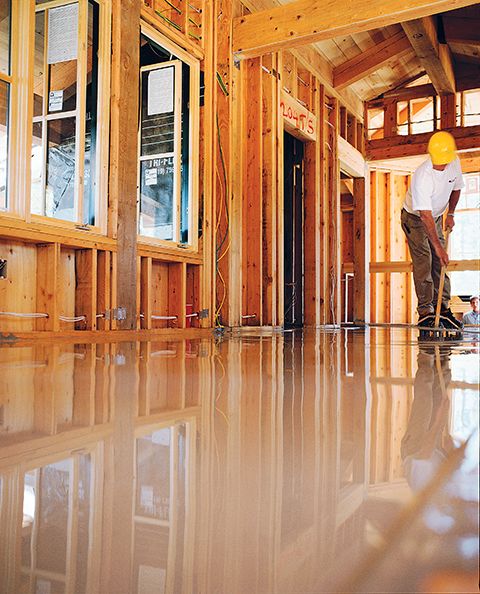
Myth number one
Gypsum self-leveling cements are soft, chalky, and do not meet industry standards for commercial floor coverings.
Truth
Gypsum concrete has been installed and specified since the late 1970s. Original formulas were robust and applied correctly for many years. When a market for gypsum materials spawned as a result of building code enforcement of floor–ceiling fire-breaks, competitive formulations made their way to market. However, because the technologies were nearly identical, applicators had very few opportunities to differentiate their services. Ultimately, when competition became fierce, applicators would extend their coverage rates by adding more water and sand to their mix. This practice, however, has an extremely negative affect on the quality of the slabs being poured. By the late ‘90s, the average gypsum concrete floor was producing compressive strengths in the range of 6890 to 10,335 kPa (1000 to 1500 psi)—well below today’s requirement of 20,670 kPa (3000 psi) for commercial installations per ASTM F710-11, Standard Practice for Preparing Concrete Floors to Receive Resilient Flooring.
So why does adding more water and sand have such a negative affect on the finish strengths of a gypsum concrete slab?
Water
The amount of water required for hydration of the hemihydrate is consistent. Every 45 kg (100 lbs) of pure hemihydrate powder requires 8.5 kg (18.6 lb) of water (often called ‘theoretical water’) to convert into gypsum. However, this is not enough water to create an adequate fluid slurry. In some cases, 34 to 40 kg (75 to 90 lb) of water may need to be added to create acceptable flow characteristics.
The more water used to create a slurry (greater than the actual hemihydrate theoretical need), the weaker the hardened mass will be. This is because the excess water has no effect on the hydration process and just takes up space. Once the mass has ‘set up’ and is fully hydrated, it is imperative the hardened mass begin to dry. The excess water, sometimes referred to as ‘water of convenience’ ultimately has to leave the system through natural evaporation or through forced drying. Once the water evaporates from the hardened mass it leaves behind tiny air voids. The more air voids, the lower the strength, be it compressive, flexural, or tensile strength. It is important to note—this is counter to PC or HAC. These materials require water for an extended amount of time while the cement sets. This is often referred to as moist curing. Gypsum cements only require water to form new crystals as explained earlier. Once formed (usually within a few short hours), the system no longer requires water.


